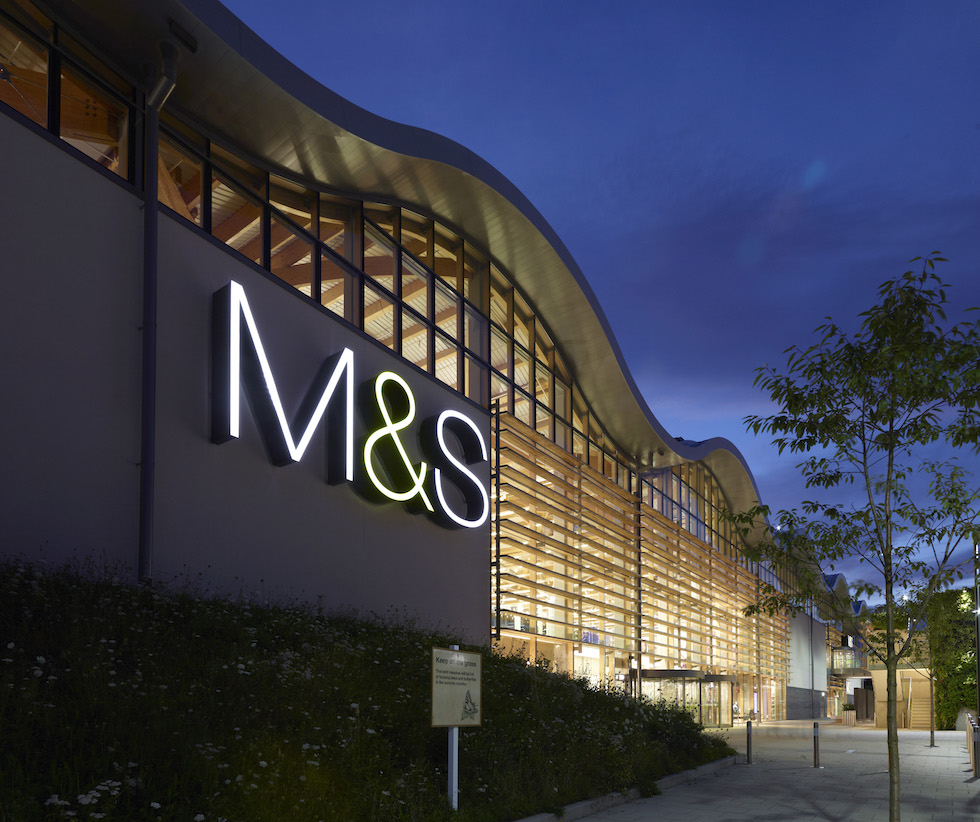Marks & Spencer has revealed an interactive map that details its food and clothing supply chains.
The map will allow customers and stakeholders to look at where the retailer’s home and clothing products are manufactured and where food items are produced.
Listed in the M&S supply chain interactive map are the specific locations of factories, how many people they employ and what they make.
Overall, the map lists 540 food suppliers and 690 home and clothing suppliers.
The retail giant produced the map in conjunction with its 2016 Plan A report, which publishes the company’s progress in its ethical and green programme.
The report stated that in 2015-16, all of the palm oil used in the retailer’s products was ‘Roundtable on Sustainable Palm Oil’ certified.
The company took the decision to remove plastic microbeads from wash off personal care products due to them being harmful to marine life when they are passed into the water system and subsequently into oceans.
Furthermore, M&S also reduced its water usage by 31% and cut energy usage in its warehouses and stores by 39%.
Waste was reduced by 9% per 1,000 sq ft of food selling space thanks to charity donations of excess food.
The company achieved this waste reduction thanks to better systems than resulted in better sale estimations and the introduction of a national unsold food redistribution scheme, in conjunction with the social network neighbourly.com.
M&S also filed its first ever human rights report in the same time frame, outlining its respectful approach to human rights throughout its supply chain and in its own business operations. Under the UK Modern Slavery Act, the publication of such data is a legal requirement.
M&S Director of Sustainable Business, Mike Barry, said that the firm had successfully reached its difficult targets and that the firm is has set out a comprehensive plan and bold vision to ensure that they fit in line with these important agreements.












